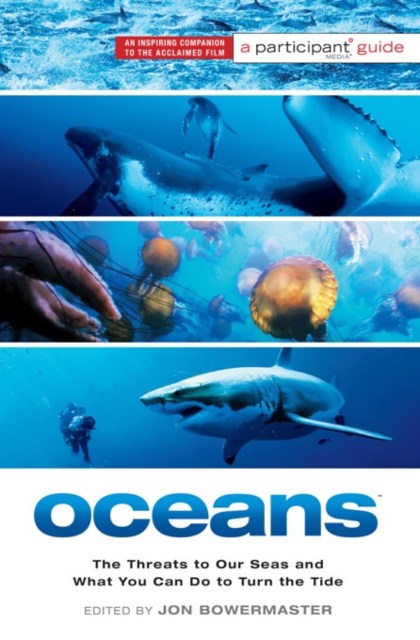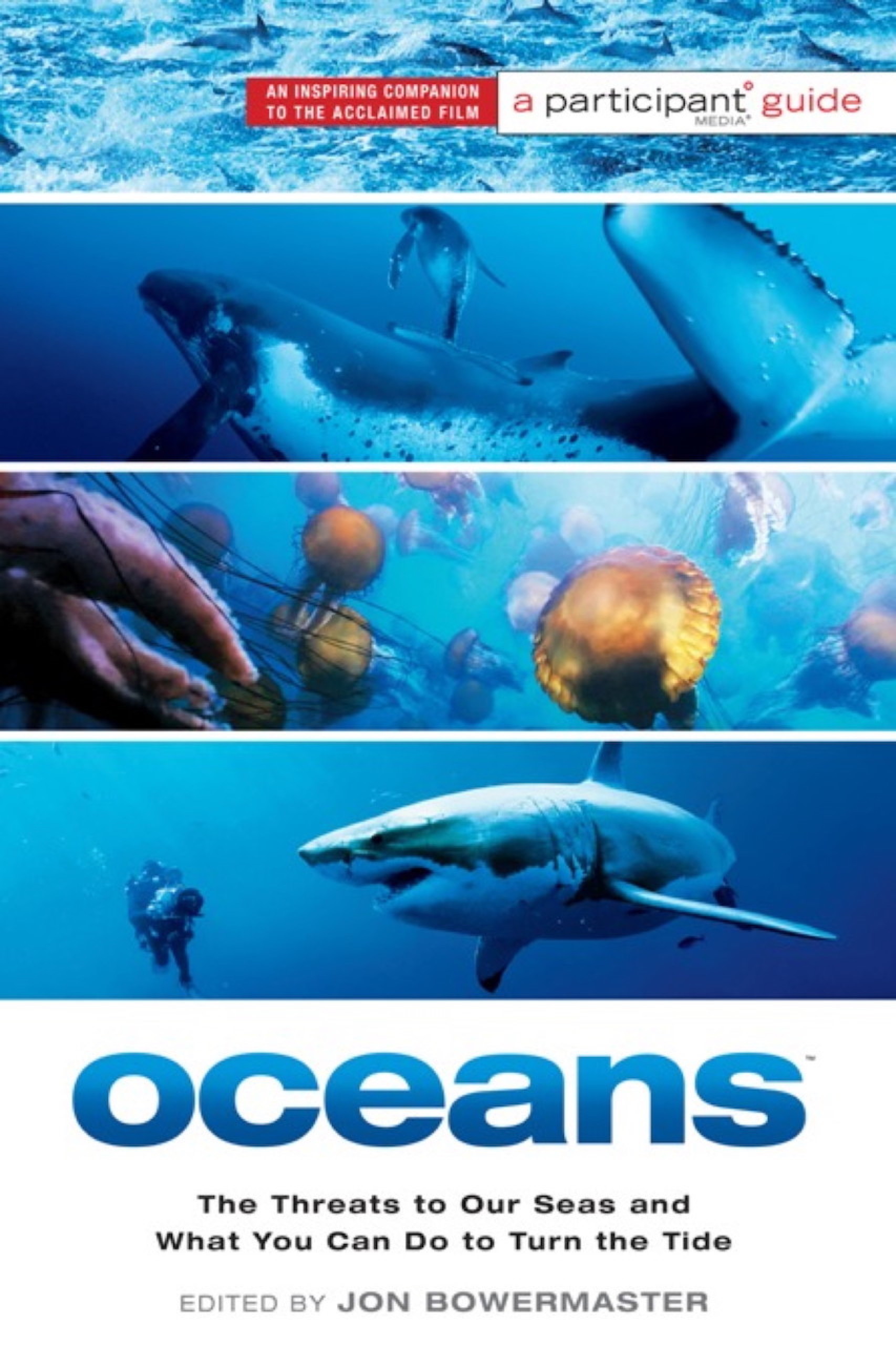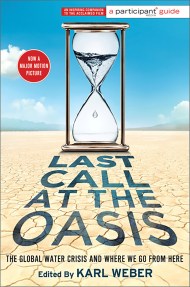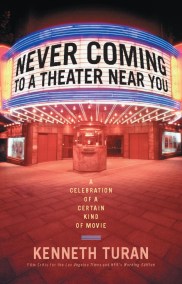Promotion
Use code MOM24 for 20% off site wide + free shipping over $45
Oceans
The Threats to Our Seas and What You Can Do to Turn the Tide
Contributors
Edited by Participant
Edited by Jon Bowermaster
Formats and Prices
Price
$10.99Price
$13.99 CADFormat
Format:
- ebook (Media Tie-In) $10.99 $13.99 CAD
- Trade Paperback (Media Tie-In) $21.99 $28.99 CAD
This item is a preorder. Your payment method will be charged immediately, and the product is expected to ship on or around March 23, 2010. This date is subject to change due to shipping delays beyond our control.
Also available from:
More than 75 percent of the globe is covered by the oceans. It is sometimes difficult to understand why it is called Planet Earth rather than Planet Ocean. Since half the world’s human population lives within a stone’s throw of an ocean coastline, the oceans’ health is increasingly important. Rich with resources and potential — as a source of renewable energy, new drugs, drinking water — for years we have treated them as both infinite and undamageable. But they are not.
Over-fishing, climate change, pollution, acidification, and more have put the world’s oceans and marine life at great risk.
Oceans gathers some of the most insightful visionaries, explorers, and ocean lovers — marine biologists, politicians, environmentalists, fishermen, sportsmen, deep divers, and more — in a unique anthology, in which each speaks to a unique aspect of our world’s most dimly understood dimension.
Genre:
- On Sale
- Mar 23, 2010
- Page Count
- 336 pages
- Publisher
- PublicAffairs
- ISBN-13
- 9781586488420
Newsletter Signup
By clicking ‘Sign Up,’ I acknowledge that I have read and agree to Hachette Book Group’s Privacy Policy and Terms of Use






